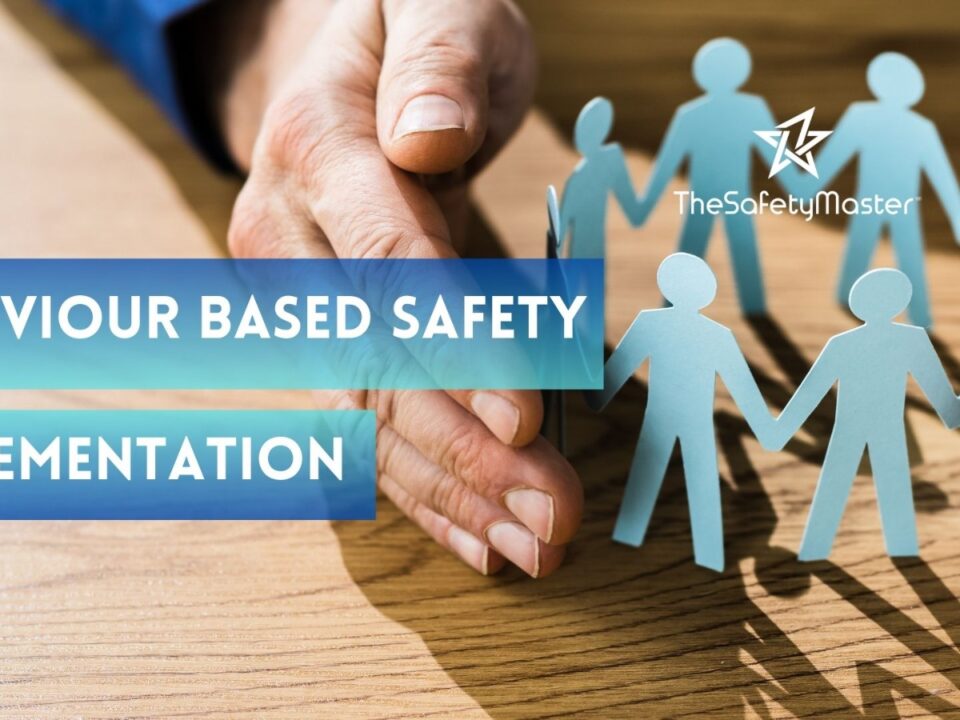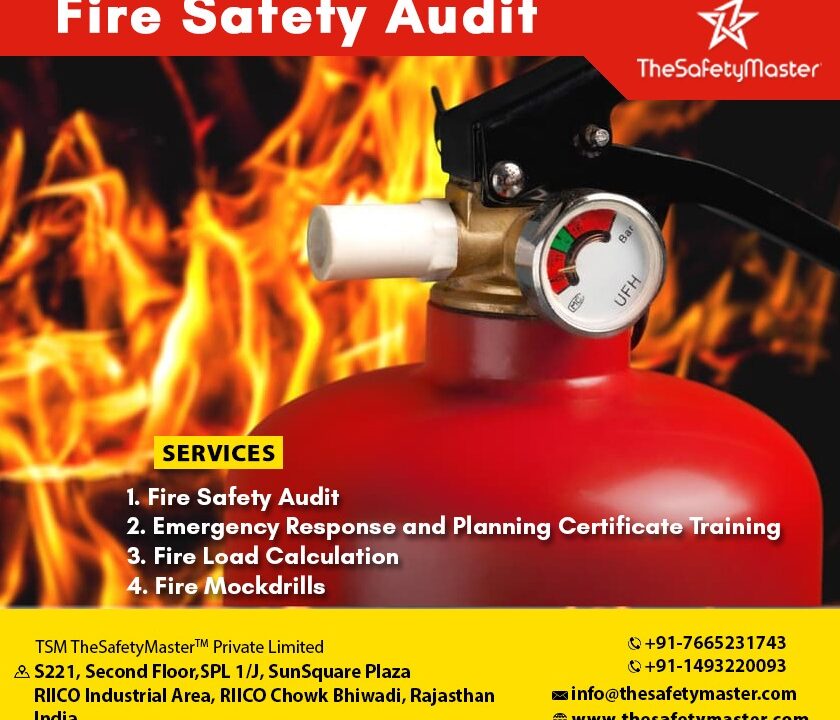How to Conduct a Thorough Safety Audit for Solar Power Plant Safety Compliance

The Importance of a Comprehensive Electrical Safety Audit
May 17, 2023
Understanding the Basics of Wind Turbine Safety Audits
May 18, 2023How to Conduct a Thorough Audit for Solar Power Plant Safety Compliance
As the world becomes increasingly conscious of the impact we have on our environment, there has been a shift towards more sustainable sources of energy. Solar power has emerged as a popular and viable option for many businesses and governments. Harnessing the power of the sun offers countless advantages, from reducing greenhouse gas emissions to lowering energy costs.
However, with any new form of technology comes new challenges, and it is essential to ensure that safety compliance standards are met. The process can be daunting, but this comprehensive guide will provide you with all the tools you need to conduct a thorough audit for solar power plant safety compliance. In this article, we will cover everything from why conducting an audit is important to identifying compliance issues and reporting your findings. By following this guide, you can be confident that your solar plant is both safe AND compliant.
Why Conducting a Solar Power Plant Safety Audit is Important
Solar energy is becoming increasingly popular, and for good reason! It’s clean, renewable, and can save money on electricity bills. But with any power source comes risks. That’s why conducting a thorough audit of your solar power plant is crucial for ensuring safety and compliance.
One reason to conduct an audit is to identify and address any potential hazards that could put employees or visitors in danger. These hazards can range from electrical shock to slip-and-fall accidents. Additionally, conducting an safety audit helps ensure that your plant complies with all relevant safety regulations and standards set by local, state, or federal agencies. By doing so, you can prevent costly fines and legal fees – not to mention the damage that non-compliance could do to your reputation.
What You Need to Do Before Beginning the safety audit
Prior to beginning a solar power plant audit, there are several important steps you need to take. The first step is to gather all relevant information about the solar plant’s design, operational procedures, and safety protocols. This will help you establish a benchmark for compliance and identify any potential areas of non-compliance that may need to be addressed.
You should also create an audit plan that outlines your approach and methodology for conducting the audit. This will help ensure that your audit is thorough and comprehensive, covering all key areas of compliance. It’s also important to schedule the audit at a time when it will not disrupt normal operations at the solar plant.
Finally, make sure that you have all necessary equipment and resources on hand before beginning the audit. This includes safety gear such as hard hats, gloves, safety glasses, and respiratory protection if needed. You should also have access to any necessary testing equipment or tools that may be required during the audit.
Gathering the Information You Need for the safety audit
Before beginning your audit, you’ll need to gather all relevant information about the solar power plant. This includes any permits or licenses, as well as documentation related to safety procedures and maintenance records. You’ll also want to review any previous audits or inspections conducted on the plant.
To ensure that you have all necessary information, it’s important to communicate with all relevant personnel involved in the operation of the solar power plant. This may include safety managers, maintenance technicians, and other key team members.
It’s also a good idea to review any industry standards or regulations related to solar power plant safety compliance. This will help ensure that your audit is thorough and covers all necessary areas of compliance.
Step-by-Step Guide to Conducting a Solar Power Plant Safety Audit
Now that you have all the information you need to conduct a solar power plant audit, it’s time to get started. The following steps will help guide you through the process:
1. Review Documentation: Before going onsite, review all documentation and permits for the solar plant. Take note of any compliance issues and previous violations.
2. Schedule Your Audit: Contact the solar plant managers and schedule your audit in advance. Respect their time and make sure they are aware of what will take place during the audit.
3. Onsite Inspection: Once onsite, begin your inspection with a visual walkthrough of the entire facility, checking for any signs of damage or wear and tear on equipment, as well as general safety hazards such as exposed wires or electrical panels that are not properly maintained.
4. Equipment Testing: Test all equipment including inverters, transformers, and panels to ensure they are functioning correctly and appropriately sized for their respective circuits.
5. Electrical Safety Check: Make sure that electrical systems are properly grounded and protected against overvoltage conditions such as lightning strikes or other electrical surges.
6. Personnel Interviews: Interview employees who work with solar equipment regularly to gauge their knowledge of how equipment should be operated safely.
7. Data Collection: Collect data on all aspects of the plant’s operation from production outputs to maintenance logs so that you can have a comprehensive picture of how well everything
Identifying Compliance Issues During the safety audit
During your solar power plant audit, you will need to be diligent in identifying any non-compliance issues. These can include anything from outdated equipment that is no longer safe or efficient to operation and maintenance practices that are not up to code or safety standards. Some common compliance issues include fire hazards, poor grounding, inadequate lightning protection, and faulty wiring.
To identify these issues, you will need to review all of the documentation related to the plant’s design and construction as well as conduct a thorough inspection of the facility itself. This may involve inspecting electrical equipment, examining safety protocols and procedures, and analyzing maintenance logs. It is important to use a systematic approach when assessing compliance issues in order to ensure that nothing is missed.
When you encounter an issue during the audit process, it is essential that it be noted down carefully. Use clear language to describe what you have found and document any evidence or supporting information that you have gathered. In some cases, corrective action may be required immediately to ensure the safety of personnel working at the plant or prevent damage to neighboring properties.
The identification of compliance issues during an audit can seem daunting at first but with careful attention to detail and a methodical approach it becomes much more manageable. Remember always err on the side of caution when it comes to safety – if there is even a hint of risk or non-compliance with regulations -act swiftly.
Reporting Your Findings and Creating a Plan of Action
Once you have completed the audit, it is time to report your findings and create a plan of action. This is perhaps the most important step in the audit process, as it ensures that any compliance issues are addressed and that the solar power plant can operate safely.
When reporting your findings, be sure to be as clear and concise as possible. Provide detailed information about any compliance issues that you identified during the audit, along with suggestions for how these issues can be resolved. It may also be helpful to include photographs or diagrams that illustrate your findings.
When creating a plan of action, work closely with plant managers and engineers to determine what steps need to be taken to address any compliance issues. Prioritize these steps based on urgency and cost-effectiveness, and create a timeline for implementation. Be sure to regularly review progress on the plan of action and make adjustments as necessary.
Remember: conducting an audit is only one part of ensuring safe and compliant operation of a solar power plant. Regular maintenance, employee training, and ongoing monitoring are all critical components of keeping your plant operating safely.
Tips for Making Sure Your Solar Plant Stays Safe and Compliant
After conducting a thorough safety audit, it’s important to keep your solar power plant safe and compliant. Here are some tips to ensure that you stay on track:
1. Regularly Review Safety Protocols: It’s important to regularly review your safety protocols to ensure they remain effective. This review should involve all personnel, from management to maintenance staff.
2. Provide Ongoing Training: Regular training sessions on safety and compliance issues must be provided for all employees at your solar plant. This will help them stay up-to-date with the latest regulations and best practices.
3. Stay Up-to-Date with Regulations: Regulations regarding solar power plants change frequently, so it is essential to keep up-to-date with changes in local, state, and federal laws that could affect your operations.
4. Maintain Documentation: Proper documentation of safety procedures, training records, and other compliance-related documents must be maintained at all times.
5. Conduct Audits Regularly: Conducting regular audits can help detect any potential issues before they become major problems that could lead to regulatory violations or other costly issues.
In conclusion, following these tips can help you maintain a safe and compliant solar power plant while also promoting a positive workplace culture focused on safety first.
Conclusion: Safe and Compliant Solar Power is Possible!
Our customers in Solar Power are Torrent Energy Airtouch Solar Contact us for
Safety Audit of Solar Power Plant
Safety Trainings at Solar Power Plant
TSM TheSafetyMaster® Private Limited
Unit No 221-451-452, SPL1/J, 2nd Floor, Sunsquare Plaza Complex, RIICO Chowk, Bhiwadi 301019, Rajasthan, India
Phone: +91 1493 22 0093/+91-124-4881109
Mobile: +91 7665231743/9413882016
Email: info@thesafetymaster.com




